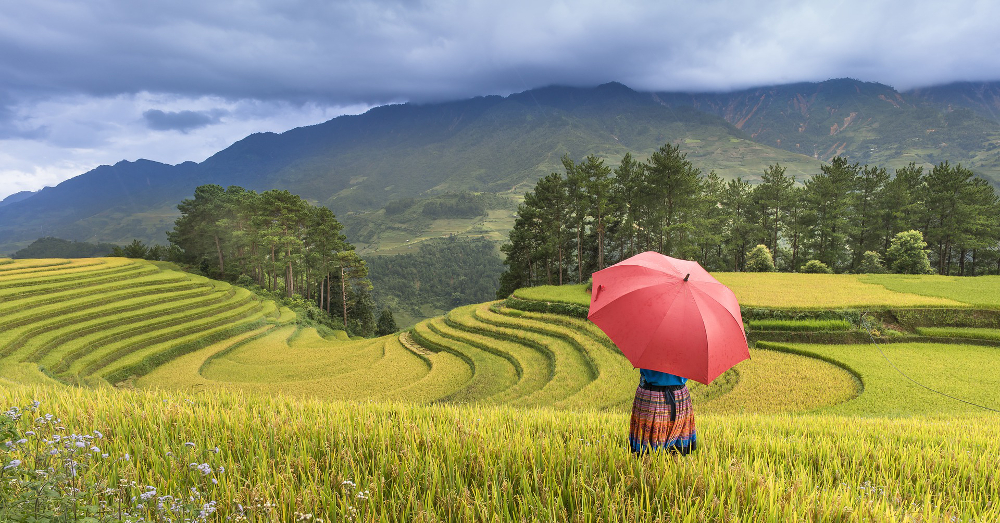Turning Desert to Fertile Farmland on the Loess Plateau
Soil is not just dirt but a living system with many important functions. Degraded soils impact on food production, erosion, and more, affecting the lives of people around the world. Restoration efforts in China, Zambia and other countries seek to reverse this trend.
Author: Richard Blaustein | Published: April 5, 2018
Around 3,000 years ago, farmers settled on the fertile Loess Plateau in western China, a region about the size of France. By the 7th century, the rich soils were feeding about one quarter of the Chinese population. But intense pressure on the land eroded the soil. By the 20th century, desertification had condemned the remaining population to poverty. “It was a desperate place,” says Juergen Voegele, an agricultural economist and engineer at the World Bank who first visited the region in the mid-1980s. But that would soon change.
Voegele returned in the 1990s to lead a major 12-year World Bank project to help restore dirt to healthy soils on a vast scale. “This was absolute desert. A few years later the whole thing came back,” he says. “We saw birds, butterflies, insects – the whole ecosystem began to recover. Even after hundreds of years of complete devastation, the seeds were still in the ground and things began to happen very quickly. We did not expect that.”
By 2009, and the programme’s end, approximately 920,000 hectares had been restored of the 65,000,000-hectare region in western China. But elsewhere in China and around the world, soils are still suffering.

